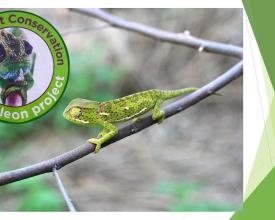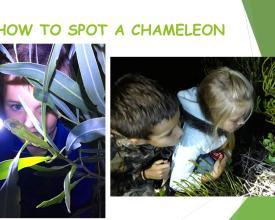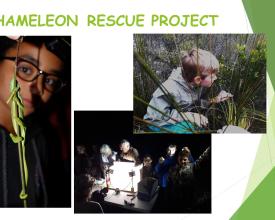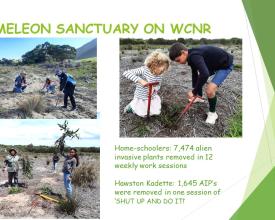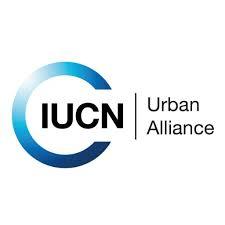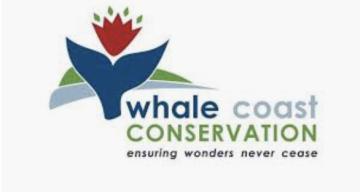
Conserving Cape Dwarf Chameleons and their habitat
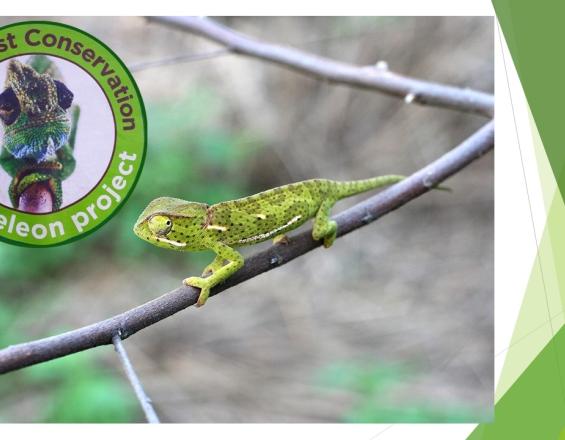
Cape Dwarf Chameleons (Bradypodion pumilum) are classified as near-threatened. Their habitat is rapidly giving way to urban and agricultural expansion. In the Greater Hermanus area, chameleons are squeezed into undeveloped urban plots between houses. A heart-wrenching incident spurred the WCC Chameleon Rescue Project: a fun outing to spot chameleons turned to horror when bulldozers flattened the vegetation where we had spotted almost 100 chameleons.
A volunteer chameleon monitoring and rescue group was immediately formed. We conducted a pilot project to ascertain whether the chameleons can be successfully relocated. A total of 120 at-risk chameleons were carefully captured and relocated to an approved site. Each chameleon was documented and photographed before release. The success of this relocation was monitored for a year. Twice a month, the chameleons were recaptured, photographed and released. The results were promising and indicated that it is possible, though not desirable, to rescue and relocate B. pumilum.
Impacts
The project was extensively publicised in the local press and social media to raise public awareness of the plight of chameleons in urban areas and the importance of chameleon-friendly gardens and green corridors. We engaged with developers and estate agents to alert us of any impending developments so that we could check the properties for chameleons and relocate them if necessary. We obtained buy-in from the local municipality and provincial authorities. The Overstrand Municipality has sought our help for search-and-rescue of chameleons in areas that will be subjected to prescribed burns.
Chameleon monitoring is very labour-intensive as large numbers of volunteers are needed to do proper surveys - which are conducted after dark when chameleons crawl up the vegetation to sleep and can be more easily spotted. We also have a huge challenge to find suitable relocation sites. Fortunately, the landowner of a new private nature reserve, situated right in the greater Hermanus area, has offered to home any rescued chameleons. WCC staff and volunteers are working tirelessly to remove resprouting alien saplings. Conserving the natural fynbos habitat is a win for both the chameleons and for the natural environment.
A major benefit of the chameleon project is the teaching and learning opportunities that come with hands-on experience in nature. As a result, many children may grow up to become champions for nature.

